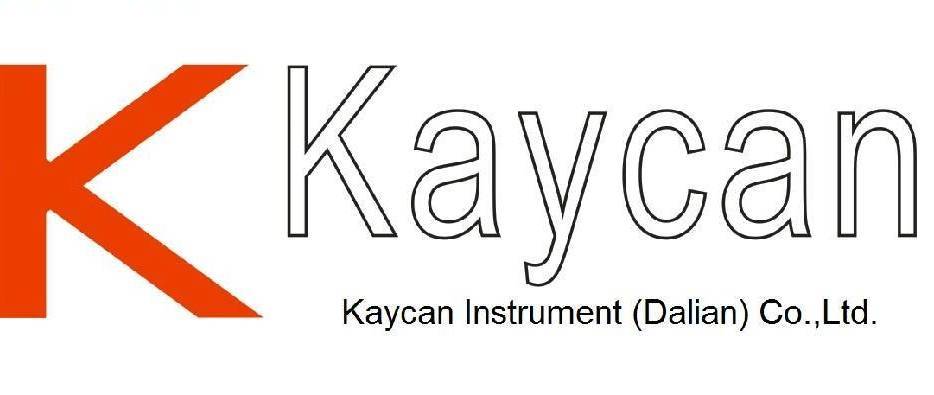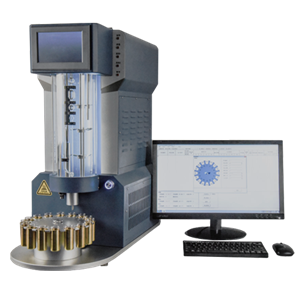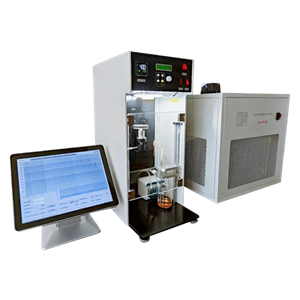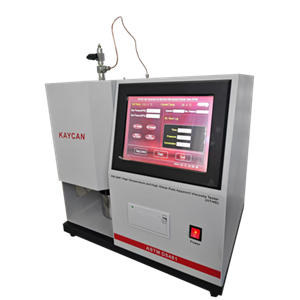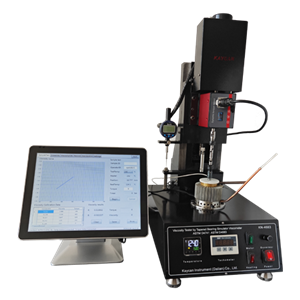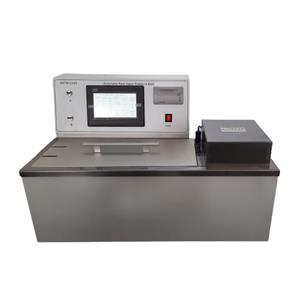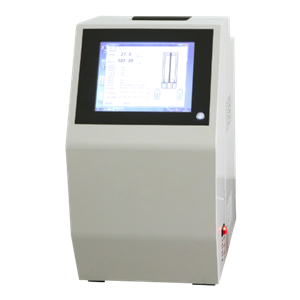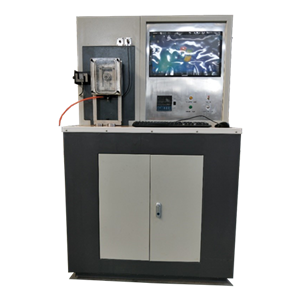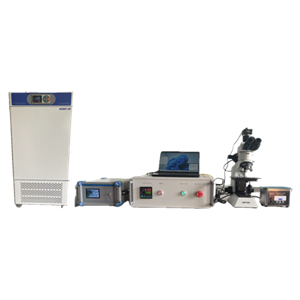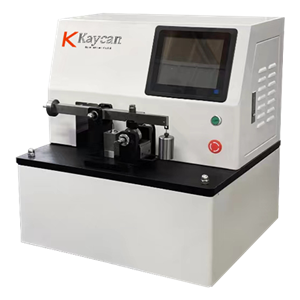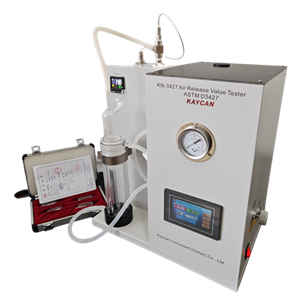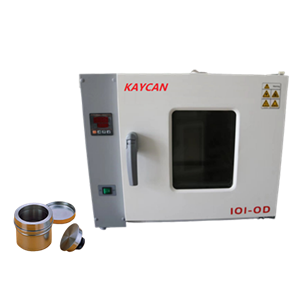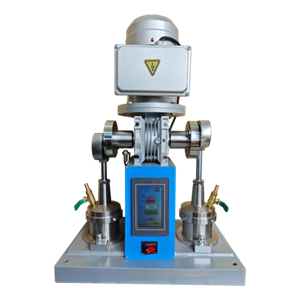-
ASTM D323 Automatic Reid Vapor Pressure Bath
Vapor pressure is an important physical property of volatile liquids. This tester is used to determine the vapor pressure at 37.8°C (100°F) of petroleum products and crude oils with initial boiling point above 0°C (32°F). Vapor pressure is critically important for both automotive and aviation gasolines, affecting starting, warm-up, and tendency to vapor lock with high operating temperatures or high altitudes. Maximum vapor pressure limits for gasoline are legally mandated in some areas as a measure of air pollution control.
Send Email Details -
ASTM D6377 Apparatus for Vapor Pressure of Crude Oil
KN-6377 Apparatus for Vapor Pressure of Crude Oil conforms to ASTM D6377 Standard Test Method for Determination of Vapor Pressure of Crude Oil: VPCRX (Expansion Method). Employing a measuring chamber with a built-in piston, a sample of known volume is drawn from the sample container into the temperature controlled chamber at 20℃ or higher. After sealing the chamber, the volume produces the desired V/L value. The temperature of the measuring chamber is then regulated to the measuring temperature. After the temperature and pressure equilibrium, the measured pressure is recorded as the VPCRX of the sample. The test specimen shall be mixed during the measuring procedure by shaking the measuring chamber to achieve pressure equilibrium in a reasonable time of 5 to 30min. For results related to Test Method D323, the final volume of the measuring chamber shall be five times the test specimen volume and the measuring temperature shall be 37.8℃.
Send Email Details -
ASTM D2782 Timken Load Tester
The Tester is made up of a 1.5 kw (0-1500r/Min) Servo motor, a digital speed indicator, a temperature controller, an electronic time relay, an electrical box and a Servo speed regulating system, a lubricating system and a heating device, a force applying device, a sample and accessories.
Send Email Details -
ASTM D6079 Evaluating Lubricity Of Diesel Fuels By The HFRR
Diesel fuel injection equipment has some reliance on lubricating properties of the diesel fuel. Shortened life of engine components, such as diesel fuel injection pumps and injectors, has sometimes been ascribed to lack of lubricity in a diesel fuel
Send Email Details -
ASTM D5001 Ball-on-Cylinder Lubricity Evaluator (BOCLE)
KN-5001 Ball-on-Cylinder Lubricity Evaluator (BOCLE) conforms to ASTM D5001 Standard Test Method for Measurement of Lubricity of Aviation Turbine Fuels by the Ball-on-Cylinder Lubricity Evaluator (BOCLE) and ASTM D6078 Standard Test Method for Evaluating Lubricity of Diesel Fuels by the Scuffing Load Ball-on-Cylinder Lubricity Evaluator (SLBOCLE).. The fluid under test is placed in a test reservoir in which atmospheric air is maintained at 10% relative humidity. A non-rotating steel ball is held in a vertically mounted chuck and forced against the outside diameter of an axially mounted cylindrical steel ring with an applied load. The test ring is rotated at a fixed speed while being partially immersed in the fluid reservoir. This maintains the ring in a wet condition and continuously transports the test fluid to the ball/ring interface. The wear scar generated on the test ball is a measure of the lubricating property of the fluid.
Send Email Details -
ASTM D3427 Air Release Properties Of Hydrocarbon Based Oils
Agitation of lubricating oil with air in equipment, such as bearings, couplings, gears, pumps, and oil return lines, may produce a dispersion of finely divided air bubbles in the oil. If the residence time in the reservoir is too short to allow the air bubbles to rise to the oil surface, a mixture of air and oil will circulate through the lubricating oil system. This may result in an inability to maintain oil pressure (particularly with centrifugal pumps), incomplete oil films in bearings and gears,and poor hydraulic system performance or failure.
Send Email Details -
IP 121 Apparatus for Oil Separation from Lubricating Grease
KN-121 Apparatus for Oil Separation from Lubricating Grease conforms to IP 121 Determination of Oil Separation from Lubricating Grease – Pressure Filtration Method. A cylindrical column of grease resting on a metal gauze cone is subjected to a fixed pressure in excess of the hydrostatic pressure of the grease. The quantity of oil separated through the gauze after standing for 42h or 168h at 40℃ is taken as a measure of the stability of the grease towards oil separation during storage.
Send Email Details -
ASTM D217 Motorized Grease Worker
Cone penetration test results provide one measure of the consistency of a grease. Worked penetration results are required to determine to which NLGI consistency grade a grease belongs. Undisturbed penetration results provide a means of evaluating the effect of storage conditions on grease consistency
Send Email Details
